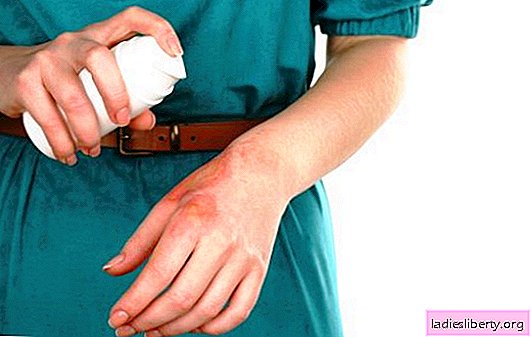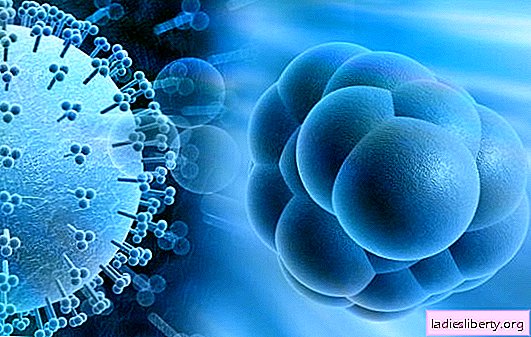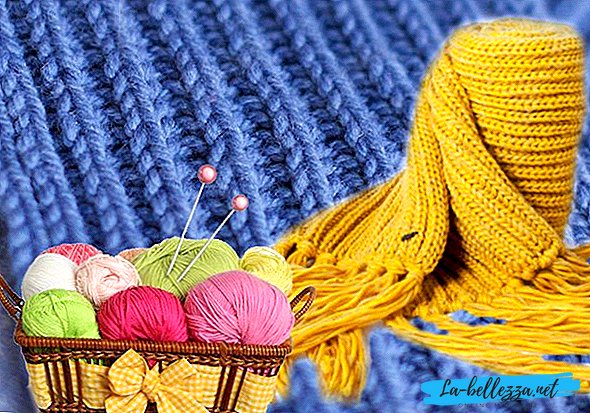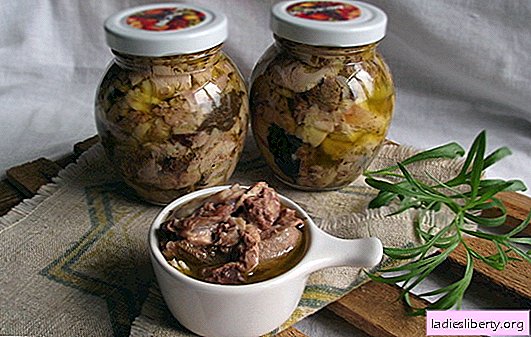
Exposure to high temperatures or contact with a caustic chemical can seriously damage the skin, leaving it burned.
Such injuries often occur with children through negligence or in domestic conditions. Everyone needs to know how to provide first aid, and what medicines to use to treat inflammation after a burn.
Inflammation after a burn: causes
In conditions of active industrialization, cases of burns in the workplace and in the domestic environment have significantly increased. According to the World Health Association, burn management is in third place among injuries. Often, the inflammatory process after burns is fatal or makes a person disabled for life.
The inflammatory process is a dangerous complication of the trauma. It can be obtained as a result of the main causes of inflammation after a burn: exposure to flames, light radiation, hot liquid, steam or heated air. The appearance of large areas of post-burn blisters is a sign of a serious problem. If the wrong therapeutic treatment is carried out, an infection will occur that can threaten a person's life.
Burning, as a rule, entails the appearance of complications in the form of inflammation. This is due to the development of viruses and bacteria in the affected areas.
In the usual state, hundreds of various microorganisms live on the skin, therefore, after the transfer of the burn, the resulting bubble can already be attributed to the focus of inflammation. In addition, the infection enters the site of inflammation from the external environment and sweat glands.
Characteristics of inflammation after a burn, symptoms with varying degrees of damage
Burns come in varying degrees of severity. Depending on the damage received, inflammation is characterized by certain symptoms and can lead to various complications.
The main characteristics of inflammation in burns of various degrees are distinguished:
1) The upper layer of the epidermis is damaged, redness appears on it, minor swelling. Inflammation disappears in a few days and leaves no residue. Such symptoms are characteristic of first-degree burns.
2) Blisters form on the affected area of the skin. With proper therapy, the healing of inflamed areas is possible in two weeks. This course of the inflammatory process is characteristic of second-degree burns.
3) Inflammation on the skin is accompanied by the death of tissue cells. A dry crust appears on this site, wound healing is very slow. Such serious complications are characteristic of the third stage of burns.
4) The inflammatory process affects not only the upper layers of the epidermis, but also affects muscles, bones and subcutaneous tissues. With such symptoms, urgent hospitalization is necessary.
Any inflammatory process has three phases of development.
In the first phase burn bladder becomes purulent. As a result of the development of inflammation around the bladder, a vascular network appears and the occurrence of painful sensations is noted.
Second phase characterized by granulation. The burn bladder is cleansed of pus and the healing process begins. In case of wound infection at this stage, the whole process will return to the first phase.
Third phase involves the formation of new cells at the site of burn injury. At this stage, it is important to prevent the appearance of cracks in the wound, so as not to re-introduce the infection.
The location of the inflamed wound due to a burn is of serious importance. If areas of the skin in the face or neck are damaged, there is a risk of inflammation and swelling, which can cause breathing problems. With inflammation of the affected tissues in the chest area, pain may occur during respiratory movements. The result of this may be a violation of the normal blood supply to the burned areas of the body, which will lead to the need to resort to the help of medical specialists.
First aid for symptoms of inflammation after burns
In case of symptoms of inflammation after a burn, first aid is necessary. It consists in the implementation of simple manipulations:
- stop the process of burning the skin by applying water, a towel or any natural tissue;
- remove all hot things and objects (clothing, etc.) from the skin;
- to alleviate pain, the affected area is substituted under cold water or wrapped around this area with a towel dipped in water, which is periodically changed;
- remove compressive objects (rings, watches, bracelets) from the body before the tumor appears;
- cover the inflamed area of the skin with a sterile dry gauze dressing;
- create comfortable conditions for the victim until the doctor and the appointment of a course of treatment for inflammation after a burn.
Treatment for inflammation after a burn
Main measures are identified that help reduce the threat to the epidermis with blisters after a burn:
1) Purification of damaged skin from purulent formations and dead cells. It is produced with the utmost care so as not to injure the living cells of the epidermis. In this case, the infected post-burn bladder is opened. This procedure should be performed by a doctor.
2) Application of antiseptics to the affected area to kill the infection in the bladder.
3) Providing favorable conditions for the appearance of new epidermal cells in the area of the burn bladder. To do this, a hydrophilic ointment base is applied to the inflamed areas of the skin. It protects the wound from drying out and damage by a drying dressing. In addition, the burn bladder should be sufficiently saturated with oxygen, so therapeutic agents should not form a greasy film.
These approaches in the treatment of the inflammatory process after a burn prevent the formation of infection in the wound and ensure its healing in the shortest possible time. When wound infection has already appeared, these measures will help to achieve the fastest cleansing of the epidermis, getting rid of germs and the formation of new cells. At the same time, the risk of scar after burn inflammation is minimized.
It is desirable that one agent for external use in areas of inflammation after a burn meets the following requirements:
- protects wounds from dryness, cracks and injury;
- fights against infectious bacteria and viruses;
- does not form a greasy film, has hydrophilic properties.
As an example, we can recommend argosulfan and dermazine - drugs that have all of the above characteristics. They include silver, which has an antiseptic effect. These drugs protect the wound from germs and viruses.
Also popular drugs in the treatment of inflammation after a burn are:
1) Ointments, which are mainly used for thermal burns of the skin. For example, procelan, which has bactericidal qualities and promotes wound healing.
2) Means povignon-iodine has a disinfecting property and accelerates the regeneration of skin cells.
3) Panthenol, levomekol also help in eliminating the infection and speeding up the recovery process of the skin. Prevent the formation of scars and scars.
4) Balm "Rescuer" consists of natural ingredients and is used as a healing agent for inflammatory formations in places of burns.
New antiseptic dressings that are impregnated with a special treatment composition are new to the products for treating skin that is inflamed from burns. Similar components are included in gels such as quotlan, no burns, appolo. They have a disinfecting effect and heal the epidermis. Gels will help cleanse the wound from dead cells and eliminate suppuration.
Precautions during the elimination of inflammation after a burn and its treatment
If an inflammatory process develops with burns, certain precautions should be taken so that the condition of the victim does not worsen. No need to pierce the resulting blister. Do not lubricate the damaged area with oil, cosmetic cream or aromatic lotion. Avoid using pharmaceutical plasters and other adhesive dressings.
By following all the recommendations and precautions, you can significantly reduce the recovery process after injuries, and avoid the development of unwanted complications.











